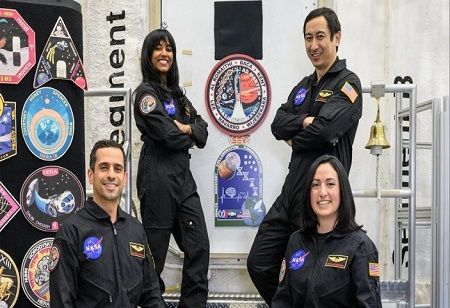The Mohammed Bin Rashid Space Centre (MBRSC) has initiated the second phase of the UAE Analog Programme's second analog study, marking a significant step in their commitment to space exploration research.
Emirati astronaut Shareef AlRomaithi has commenced his 45-day stay in the Human Exploration Research Analog (HERA) habitat located at NASA’s Johnson Space Center in Houston, Texas. Accompanying him are fellow crew members Jason Lee, Stephanie Navarro, and Piyumi Wijesekara, embarking on a mission designed to replicate the challenges of long-duration space travel.
Within the three-story HERA facility, which mimics space-like conditions on Earth, the crew will undergo rigorous testing to assess their ability to adapt to isolation, confinement, and the demands of remote environments. Their tasks include scientific research and operational duties, all aimed at preparing them for the complexities of future space missions.
The simulation encompasses various scenarios, including virtual reality excursions to Mars's surface and simulated communication delays with Mission Control Center to simulate real conditions expected during interplanetary travel. Their departure from the facility is scheduled for June 24.
Salem Humaid AlMarri, Director General of MBRSC, emphasized the significance of the UAE Analog Programme in aligning with the country's strategic goals of advancing scientific research and technology. By collaborating with NASA on these meticulous Earth-based simulations, the UAE aims to equip its astronauts with the skills necessary for deep space exploration.
This initiative not only positions the UAE as a leader in space technology regionally and globally but also underscores its commitment to fostering international collaboration in the field of space exploration. Moreover, by engaging in such endeavors, the UAE seeks to inspire future generations to pursue careers in space science and exploration, thus expanding the horizons of human potential.

